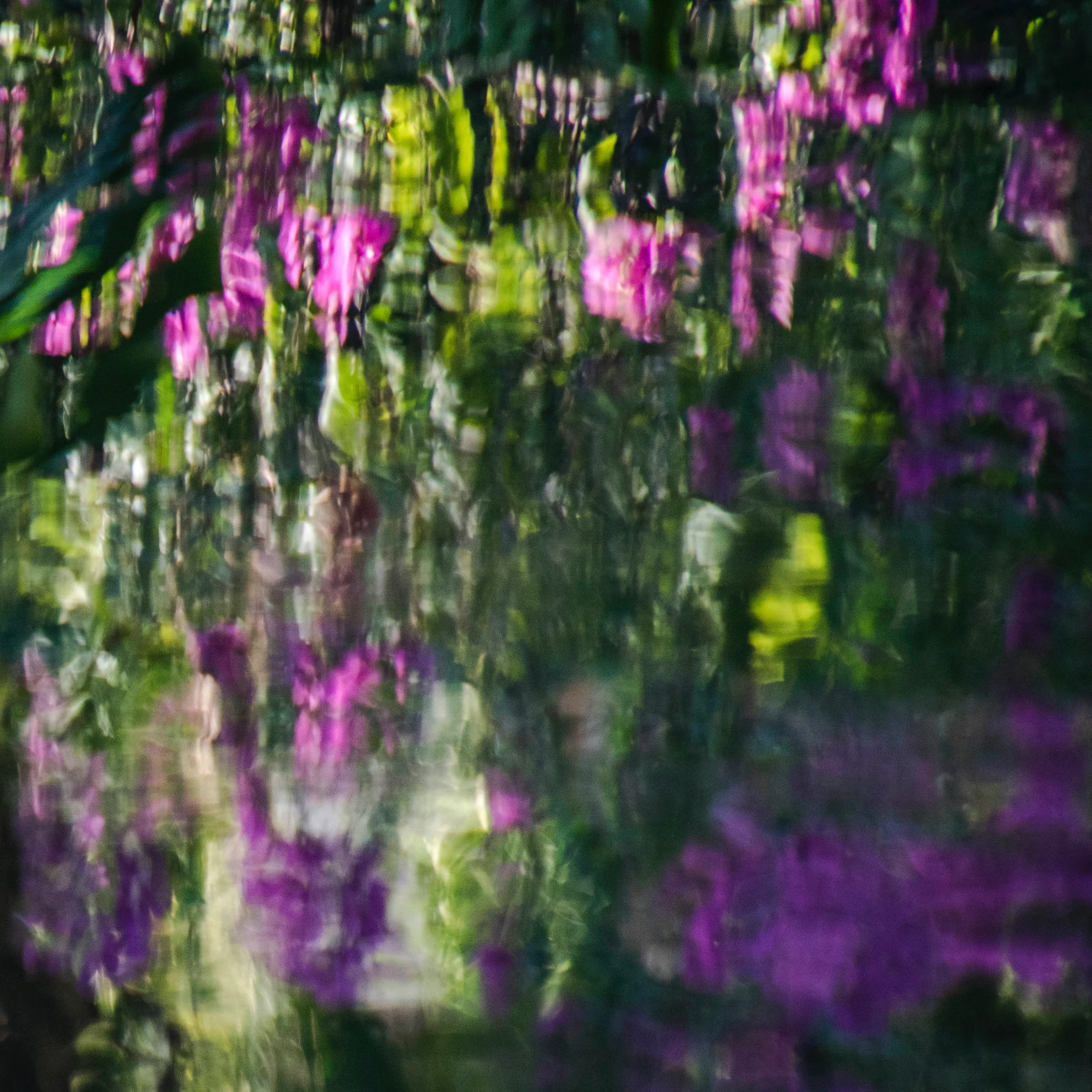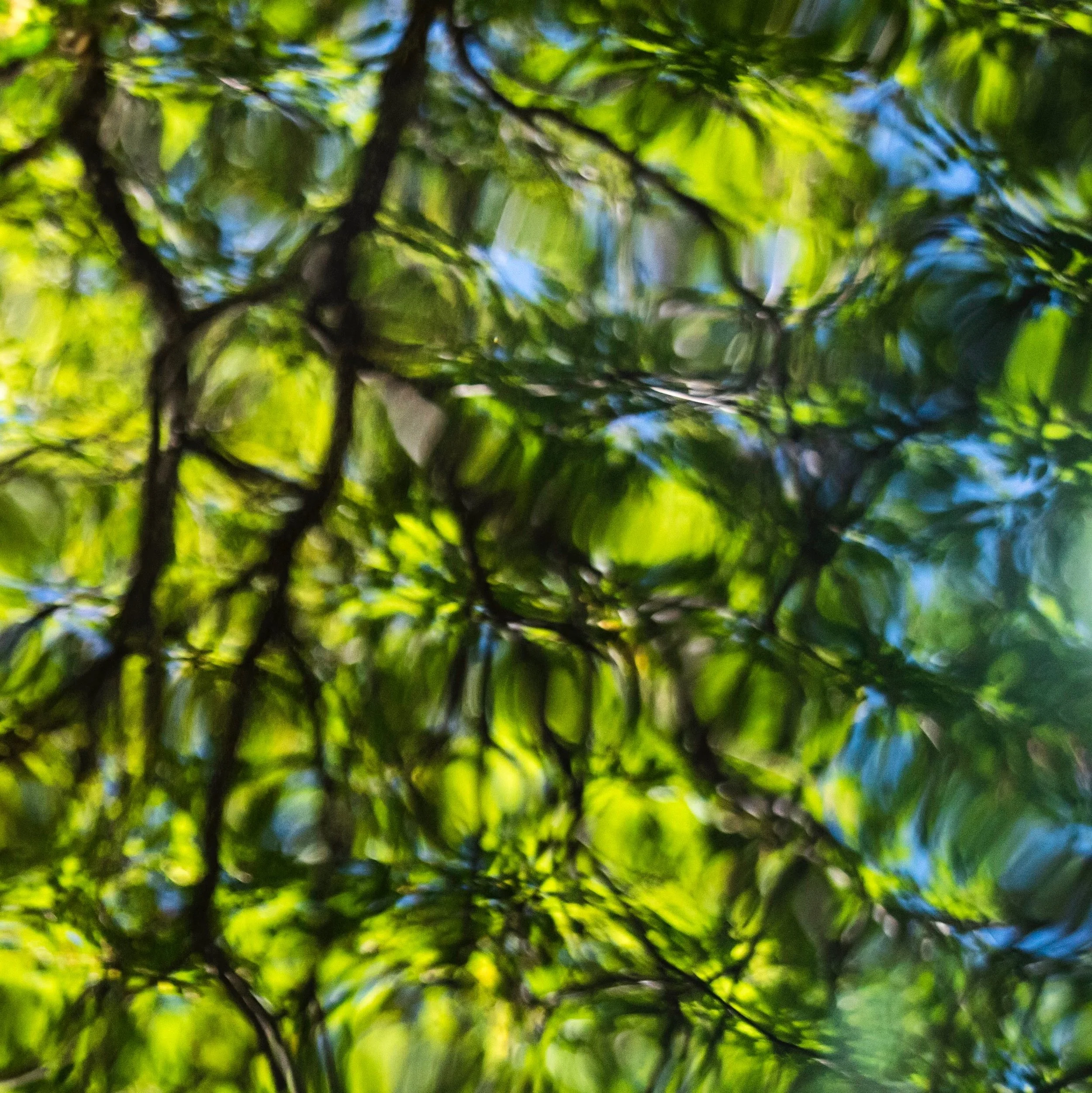Through His Eyes
Plasma by Austin Halpern.
After a long day of skiing in Telluride, Colorado, I collapse into the couch with my brother, Austin, ready to talk photography. This is a special conversation for me—I’ve watched Austin grow from an aimless kid into a driven and creative adult. Over Oreos and milk, we discuss the genre of Interpretive Landscape, how his environments have influenced him, and his upcoming debut show, titled “Is This Water?” at Telluride Arts HQ Gallery. The show officially opens Thursday, April 5th, and I can’t wait to look around the gallery that night, beaming with pride for my little brother, enjoying a view of the world through his eyes.
Linne Halpern: Tell me about your show…
Austin Halpern: This is my first solo photography exhibition. I’m really psyched to be showcasing a new collection of work that’s focused on abstract images of water. The show is really, at its core, about seeing beyond the mundane aspects of the everyday by finding beauty and meaning in the simple reflection in a stream or in the evening light cresting upon a wave.
LH: I’ve heard you mention “Interpretive Landscape” before. What does that mean to you?
AH: Interpretive Landscape is the genre of photography that I most align my work with. It’s about presenting landscapes in ways that wouldn’t naturally come to a viewer. It’s about isolating nature’s small moments—maybe the light, maybe a shape, a pattern—to create something entirely new, more abstract.
Long-term Memory by Austin Halpern.
LH: What can a camera accomplish that a paintbrush can’t?
AH: Everything about art is representation. You’re interpreting something and then presenting that interpretation. The camera, I would say, is one of the most authentic, factual mediums for art—it represents what is closest to reality. Yet, it also gives the photographer so much room to create. I enjoy blending and blurring mediums. A lot of my photographs end up looking like paintings. I think the camera offers a lot of flexibility.
LH: How has photography shaped your worldview?
AH: Since first picking up a camera, I started seeing my surroundings very differently. I’m constantly framing images in my head. I’ve learned to see composition everywhere I look, not only outside in nature, but when I’m looking around my home.
LH: Tell me the story behind your favorite photograph…
AH: Near Telluride, there are these three beautiful lakes called Alta Lakes at about 10,000 ft. elevation. After 20 minutes up a dirt road, you find an incredibly beautiful and peaceful place. It’s a source of serenity for me. Even when I’m not physically there, I’ll mentally go there when I’m anxious or tired. My photographs of Alta Lakes always help to recreate that space for me. One of my favorite photos I’ve ever taken there was when I was there in the evening. In the photo, there are ripples across the water and it feels like the sunlight is just streaming warmth through the entire image.
Pathways by Austin Halpern.
LH: When you’re working on a commission or for a publication, how do you find the process to be different than when you’re working on your own creative projects? How do you still incorporate your artistry?
AH: It’s a good question. There is definitely less flexibility. It’s not as enjoyable for me; however, it’s still a learning experience. Light and composition are tools of photography that are going to be a part of every genre and every medium, whether that’s commercial or more free-form work. I’m always looking to create something beautiful, within the given space, and that doesn’t matter where it is—whether its inside, outside, my home, someone else’s home, the most beautiful place in the world, or…haha…
LH: How has the Midwest influenced your work? And the West?
AH: When I’m home in Cleveland, I’m always composing an image that feels like home. In Ohio, there is a pond right off a street in my neighborhood called Jackson Field. I’ve always tried to return to that pond in different seasons, throughout my life. It ices over and then fills with budding flowers again. That pond is very reflective of home for me.
The West is different for me because it’s not where I grew up. It’s new to me—huge and grandiose and overwhelming at times, but I love that.
LH: What does it mean for your solo debut to be in Telluride and with Telluride Arts District?
AH: It’s huge for me. Out of the twenty-five images in my new show, ten of the images were shot in Telluride. That speaks to this place, this landscape, and this community. It’s one of my favorite places on earth, and I couldn’t be more excited to have my first show debuting here. Telluride Arts has been great to me. I loved interning there all last summer. They have an amazing team and do wonderful work to support the local arts community.
LH: What’s next for you?
AH: To keep getting better at my photography, that’s the main goal. This summer I will be in Maine, photographing the rocky coast and hoping to learn more about the craft. I want to continue using Interpretive Landscape. I’d like for my next project to use nature as a metaphor for growing up as a way to explore more of my own personal narrative.
Austin Halpern is a fine art photographer from Cleveland, OH, and based in Colorado Springs, CO. He is a student at Colorado College, studying Film and Media Studies. He has taken courses with Santa Fe Photographic Workshops and plans to spend next summer at the Maine Media Workshops. He photographs for The Catalyst Newspaper and has freelanced on a variety of projects. His work has been featured in numerous private collections and is currently on display at Kingdom Home Builders’ Bridgeport.
Linne Halpern ’18 is an English and American Studies double major at Wesleyan University. She is co-founder and editor of Reverberations.
“Is This Water?” is Austin’s first solo exhibit. It will run at Telluride Arts HQ Gallery (located at 135 West Pacific Avenue, Telluride, CO, 81435) through April and May 2018. The opening reception, open to the public, will be held Thursday, April 5th from 5-8 p.m.
The Perfect Illusion by Austin Halpern.




